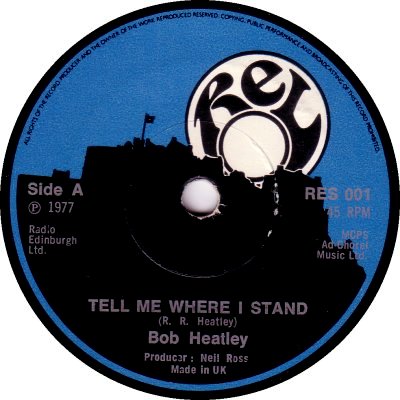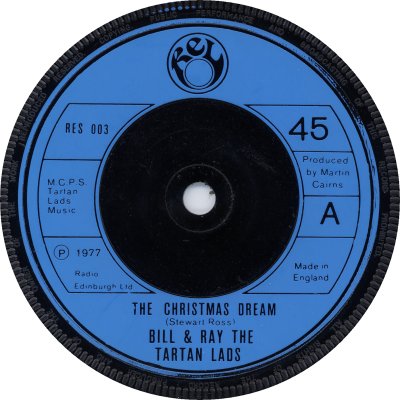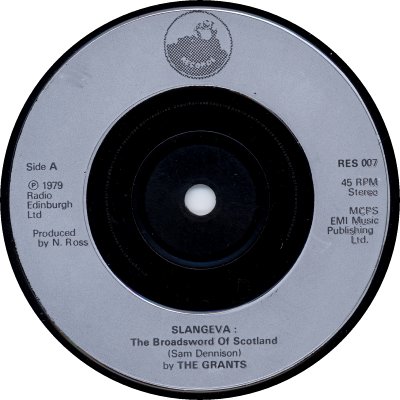




Scottish. Radio Edinburgh Limited was set up in 1973 by Neil Ross and two friends as a company offering equipment installation, sound hire and recording facilities. It moved into the record business some three years later. 'Music Week' of the 13th of November 1976 reported that Ross intended to form REL Records; the first LPs on that label duly appeared, but it didn't enter the singles market until the following year. The record division of REL was made a limited company in its own right in April 1978, becoming REL Records Ltd. ('MW', 22nd April). REL remained primarily an album label - CDs latterly, of course - and issued relatively few singles, none of which ever entered the Charts. According to the December 1976 issue of 'Studio Sound' magazine Ross's aim was to foster the growth of the Scottish Rock scene but he appreciated that his label would have to concentrate on traditional music - which was where the money was - until the right song, band and sound came along. Happily REL was eventually able to move into the Rock field, but not until the early '80s.
REL used various firms to do its pressing. Its first single was manufactured by Lyntone (1), but the Tartan Lads' 'Christmas Dream' was pressed and distributed by Phonogram / Phonodisc and thus appeared with injection moulded labels (2) instead of the more usual paper ones. Towards the end of the '70s some singles were pressed in France, which again resulted in injection moulded labels, albeit of a very different appearance (4). Distribution was by Clyde Factors in Scotland; elsewhere in mainland Britain, several different independent companies - including H. R. Taylor, Lugton and Wynd Up - appear to have done that job at various times, according to 'Music Week', but 'MW' of the 24th of November 1979 reported that Clyde Factors had become the exclusive distributors of REL records. The discography below only covers the 1970s. Numbers were generally in the RES-000s, but there was also another series which seems to be in the RE-40s and appears to be for custom recordings; records in this series also came out on labels other than REL. The design of the paper label was the same for records in both series; the silver 'A', either medium-sized and solid (3) or hollow and large (5) featured on 1970s REL singles after RES-001 and was merely an indicator of the 'A' side rather than a 'promo' marking. The majority of the company's singles were issued in the '80s, though it took until 1991 for them to reach RES-022. The studio had two other labels: REL Studios and Radio Edinburgh Ltd. (q.v. both). The latter looks as though it was dedicated to custom recordings and seems to have been the successor to the REL RE-40 series. Thanks to Stephen Small for the third, fourth and fifth scans and for discographical input.




